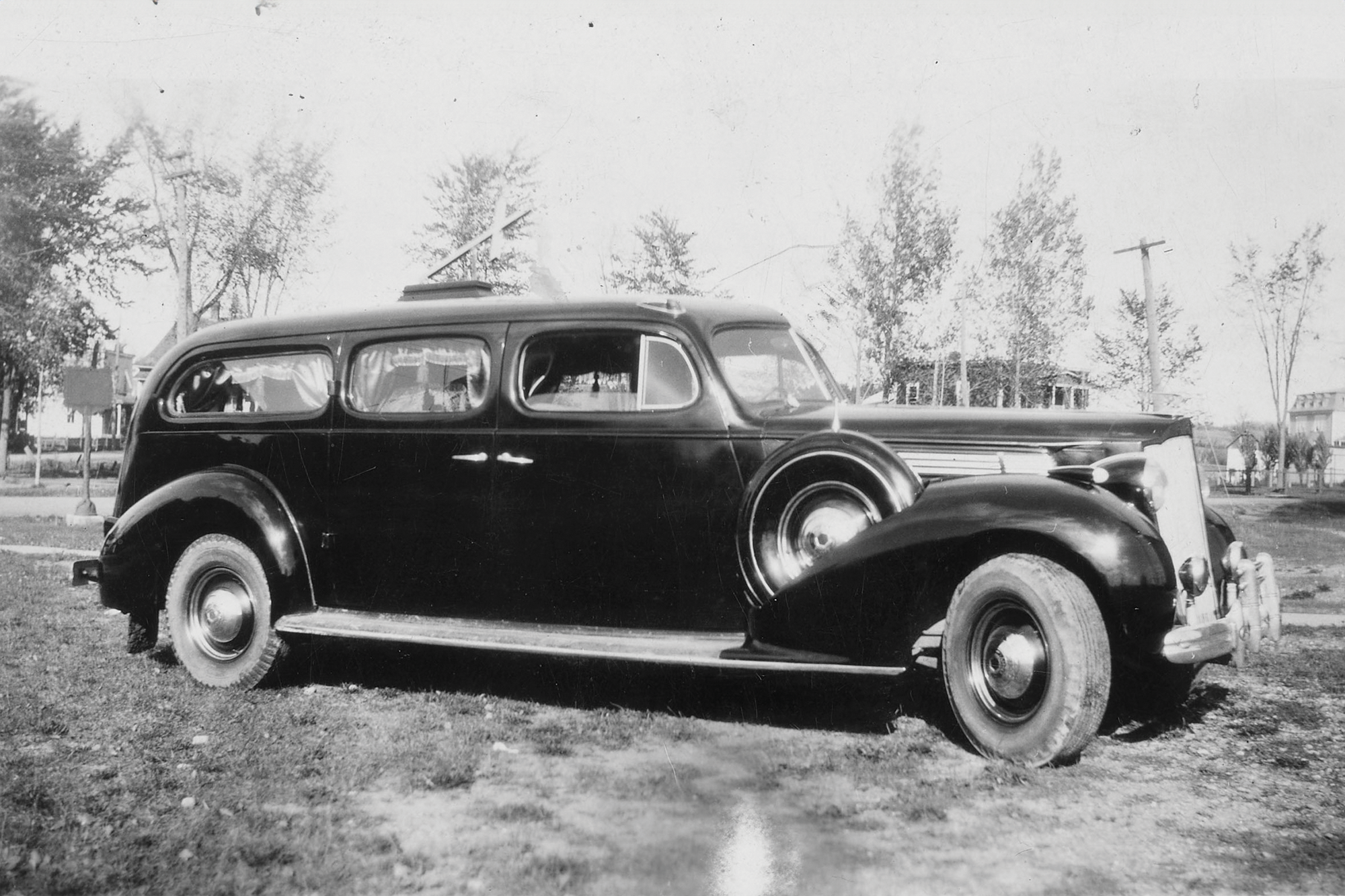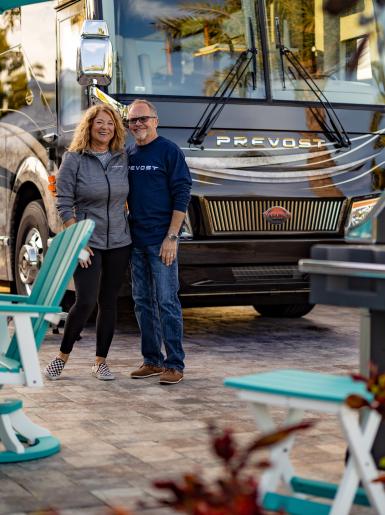History Highlights
The 1930s
The Great Depression caused the longest and most severe economic downturn in the industrialized Western world. In the United States, the decade is referred to as the Dirty Thirties, when the Dust Bowl devastated agricultural regions. During the 1930s, Eugène Prévost employed a small contingent of employees at his Sainte-Claire Factory (pictured above). Despite all this adversity, the decade was pivotal for Prevost.
A 1932 bus on a GMC truck chassis built for a Québec operator.


A 1936 Dodge stretched-out bus at the original Prevost factory in Sainte-Claire.
A Prevost bus stopped in front of the historic Gare du Palais— a landmark railway station that witnessed a century of travel stories and connections.


In 1937, to increase production, Prevost constructed a new manufacturing facility where as many as ten units annually were produced.
At Prevost, several smaller truck bodies were built during these early years of bus production. While building bodies, the company also turned existing vehicles into station wagons, ambulances, hearses and more.


A snowmobile produced by Prevost.
A 1937 ambulance produced by Prevost.


This vehicle, from 1938, was cut in two to add two middle doors and was used to transport passengers between Québec and Maine.
Although most of the early Prevost vehicles were bodies on a truck chassis, this vehicle represents another type that Prevost built in the early days. The demand for stretched-out vehicles continued throughout the 1930s.























